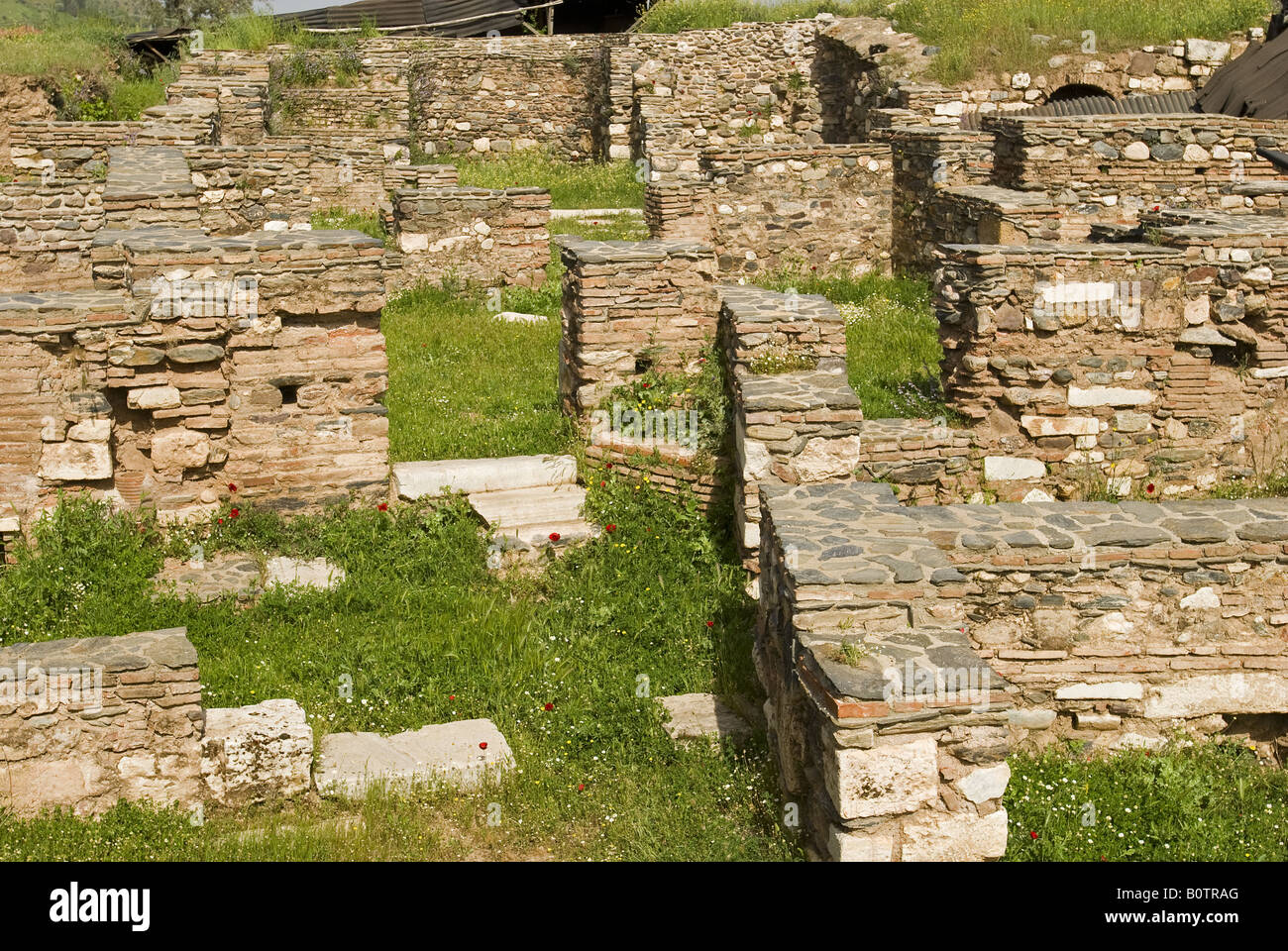Ruins of settlements in ancient city of Sardes Turkey
Image details
File size:
49.4 MB (4 MB Compressed download)
Open your image file to the full size using image processing software.
Dimensions:
5079 x 3400 px | 43 x 28.8 cm | 16.9 x 11.3 inches | 300dpi
Search stock photos by tags
